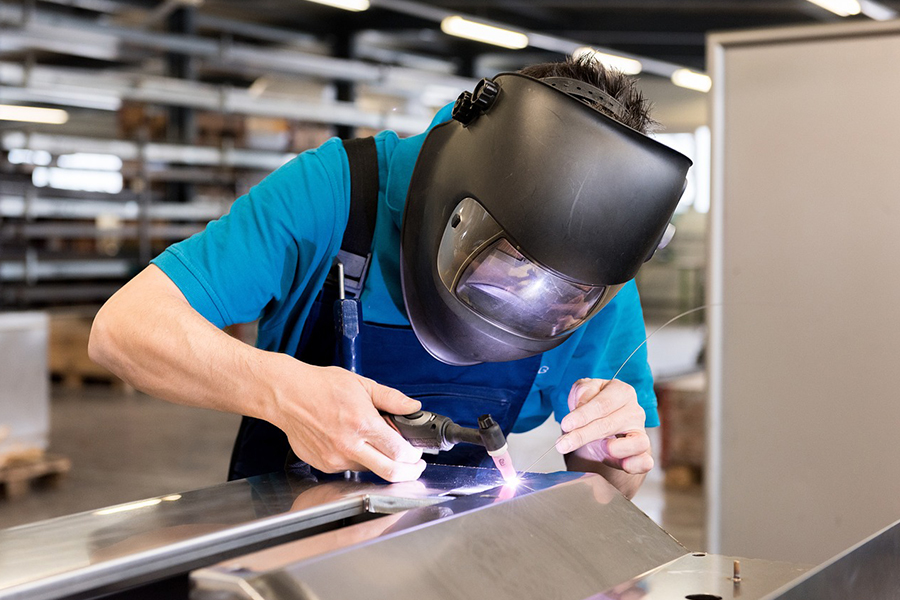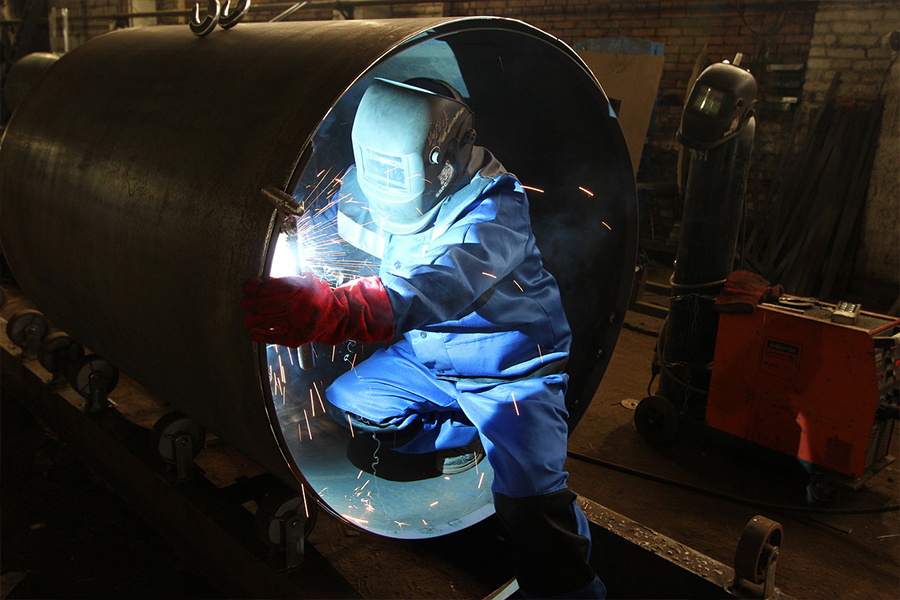
The pros and cons of mechanical leveling and laser leveling
Release time:2025-04-22 Click:23In the field of sheet metal processing, sheet metal welding is a key process that determines the firmness and stability of sheet metal products. With the continuous advancement of science and technology, various new welding technologies have emerged in an endless stream, which makes people wonder: Is there still a need for traditional welding methods in sheet metal processing?
Traditional sheet metal welding methods, such as manual arc welding and gas welding, have been the main welding methods for sheet metal processing for a long time in the past. Manual arc welding is widely used in various small sheet metal processing workshops due to its simple operation and low equipment cost. For example, in some simple metal frame production and splicing of small sheet metal boxes, skilled welders can quickly complete the welding work through manual arc welding to ensure the basic connection strength of the workpiece. Gas welding uses a high-temperature flame generated by the combustion of combustible gas and oxygen to melt the metal for welding. For the welding of some thin sheet metal parts, gas welding can better control the welding temperature and avoid burning through the plate. It still has its place in some fine sheet metal processing with high requirements for welding deformation.

However, the development of modern welding technology has indeed brought great challenges to traditional welding methods. Advanced welding technologies such as laser welding and argon arc welding have gradually become the new favorites in the sheet metal processing industry with their high precision, high speed and high quality welding effects. Laser welding can focus a high-energy-density laser beam on the welding part, so that the material can be quickly melted and solidified, thereby achieving high-precision welding connections, narrow welds, and small heat-affected zones, which greatly improves the welding quality and aesthetics of sheet metal parts. It is especially suitable for precision sheet metal products with extremely high requirements for welding accuracy and strength, such as sheet metal parts in the aerospace field. Argon arc welding uses argon as a protective gas to effectively prevent oxidation of the welding part. The quality of the weld after welding is reliable and is widely used in stainless steel sheet metal processing.
Although modern welding technology has obvious advantages, traditional welding methods are still irreplaceable. The first is the cost factor. The equipment and material costs of traditional welding methods are relatively low. For some small enterprises with limited budgets or ordinary sheet metal processing projects that are not particularly demanding on welding quality, traditional welding methods can significantly reduce production costs while ensuring basic welding quality. Secondly, the traditional welding method has relatively low skill requirements for operators. After a short period of training, workers can start to operate. In some areas where labor resources are relatively abundant but technical levels are uneven, traditional welding methods are more likely to be widely used. Moreover, in some special working environments, such as field operations and temporary repairs, the equipment of traditional welding methods is simple and portable, and it is easier to meet actual needs.

In the actual production of sheet metal processing, the existence value of traditional welding methods cannot be simply denied. Enterprises should consider various factors such as their own production needs, product quality requirements, cost budgets, and personnel technical levels. For the manufacture of high-end precision sheet metal products, advanced welding technology is undoubtedly a better choice; and for some conventional sheet metal processing with relatively low requirements for welding accuracy and quality, traditional welding methods can still play their role, and together with modern welding technology, they constitute a diversified ecology of sheet metal processing welding technology, and jointly promote the development of the sheet metal processing industry.